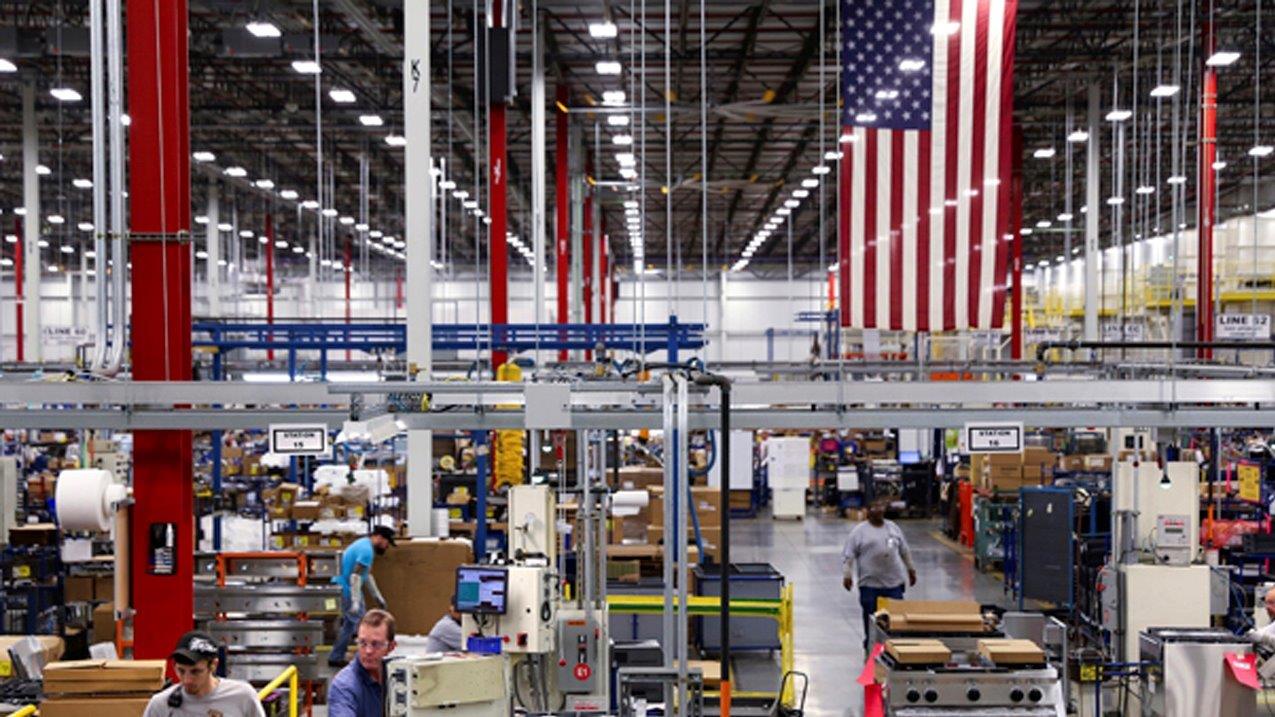US hiring cools off with 156,000 new jobs in August
U.S. hiring took a breather in August, as job gains of 156,000 fell short of expectations and wage growth continued to disappoint.
The labor market had appeared to pick up the pace with back-to-back months of more than 200,000 new jobs. Employers slowed down in August, pushing the unemployment rate to 4.4% from 4.3%. Economists were looking for a strong report with 180,000 new jobs. Meanwhile, the Bureau of Labor Statistics revised the prior two months lower. The economy added 210,000 jobs in June, down from 231,000. Job gains in July dropped to 189,000 from 209,000. The labor force participation rate was unchanged at 62.9%.
Wage growth remained struck at 2.5% over the past year. Average hourly earnings ticked 3 cents higher to $26.39 last month. The average workweek slipped to 34.4 hours from 34.5 hours.
Though the headline number missed the mark, the August jobs report mostly satisfied investors who see the U.S. economy growing at a steady clip. The report also might raise the odds that the Federal Reserve will delay its next interest rate hike until 2018. Officials at the central bank have expressed trepidation over inflation growth that has lagged behind their target of 2%. Fed Chair Janet Yellen has also focused on slack in the labor market, highlighting slow wage growth and elevated levels of underemployment.
“It certainly was a disappointment, but August is known to have some seasonal issues around it,” said Eric Wiegand, senior portfolio manager at U.S. Bank Private Wealth Management. “Investors will tend to look through this over the extended period.”
The latest reading of U.S. economic growth was better than expected. The nation’s GDP was up 3% in the second quarter versus an initial report of 2.6%, driven by consumer spending and business investments.
As such, wage growth is expected to eventually follow suit. Russell Price, senior economist for Ameriprise Financial, noted that baby boomers who had delayed retirement are beginning to leave the labor force, creating an exodus of workers at the higher end of the pay scale. Younger job seekers, who typically earn less, are now finding work. Also, Americans face growing competition from the global economy, which puts downward pressure on wages.
Earnings are on the rise for many Americans, according to Price, but it will take more time for the data to catch up once retirement levels normalize.
“The real disappointing number is continuing lack of wage gains. In fact, not in the last 40 years has the unemployment rate been this low and wage growth been this weak. Clearly we have more slack in the labor market,” he said. “We still think the job market is looking pretty strong at this point, but it’s just a matter of getting wages up so people can spend.”
Wiegand said rising home values, a favorable job environment and low prices for gasoline and other commodities have supported consumer spending at a time of slow wage growth.
“Our view is wages are a great pivot point,” Wiegand added. “As we move into full employment and continue to see a favorable economic backdrop, that will [support] growing wages.”
Combined with hourly earnings, higher-than-normal underemployment may give the Fed a reason to forgo a December rate hike. The U6 rate, which includes part-time workers who want a full-time job, held firm at 8.6%. Underemployment is still above a pre-recession low of 8%, another indication that the labor market has more room to grow.
“Expectations have been diminishing over the last few months due to weak inflation. If we don’t see a pickup in wages and inflation, there’s plenty of reason for the Fed to pause in December,” Price said.
The last rate increase came in June, when the federal funds rate was adjusted to a range of 1% to 1.25%.
In addition to a rate hike in late 2017 or early 2018, the Fed has laid the groundwork for shrinking its balance sheet starting this fall. Fed watchers anticipate an announcement following the September meeting with possible action by October, and the August jobs report likely doesn’t change that outlook.
“It doesn’t necessarily alter the Fed’s ultimate decision. The markets are more focused on September and October for the Fed to allow some runoff from their balance sheet,” Wiegand said. “Our view is the Fed is anxious to pursue a policy of normalization.”
Capitol Hill will also be in focus for investors with tax reform and the debt ceiling expected to be central issues, he added.





















